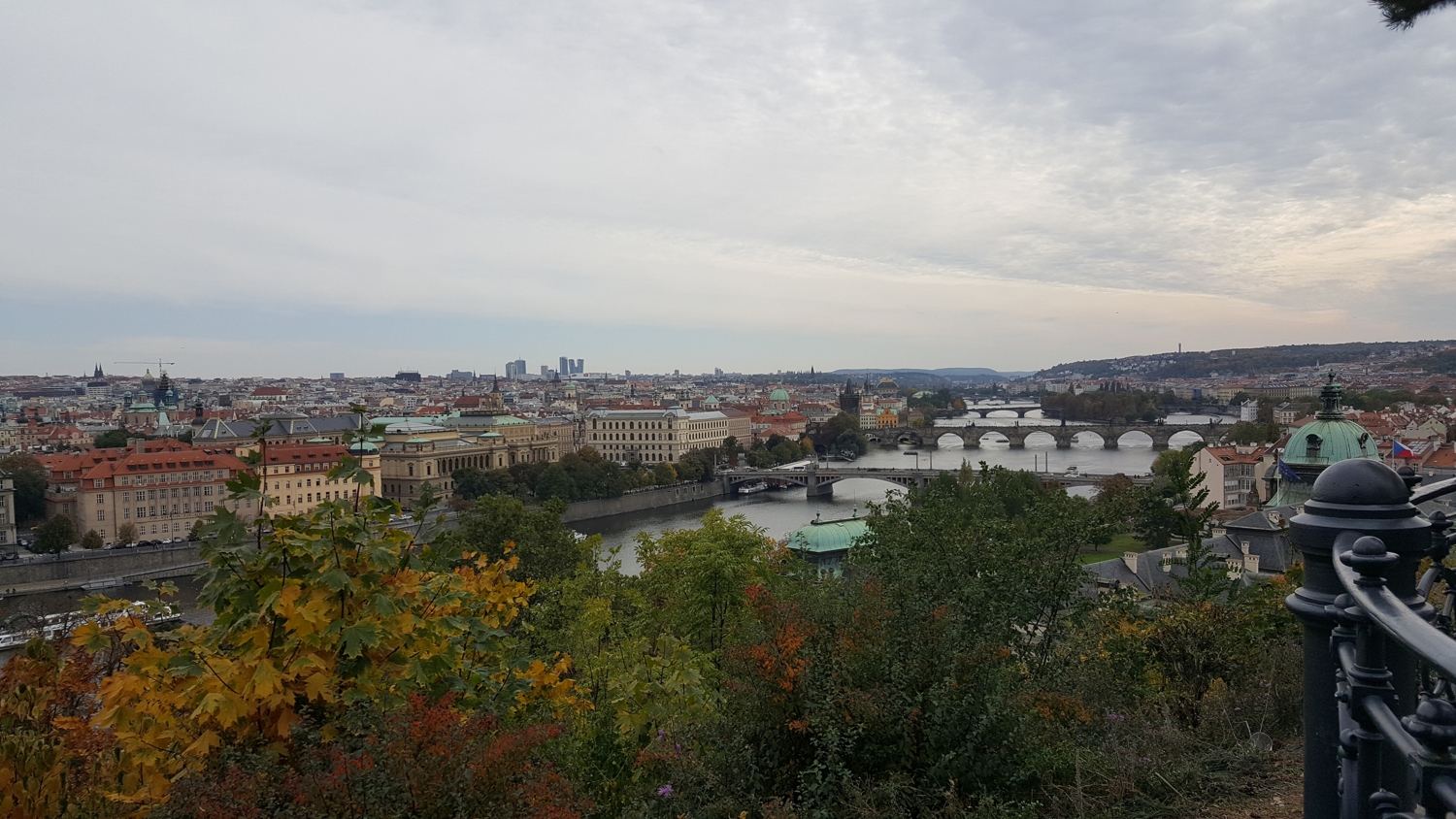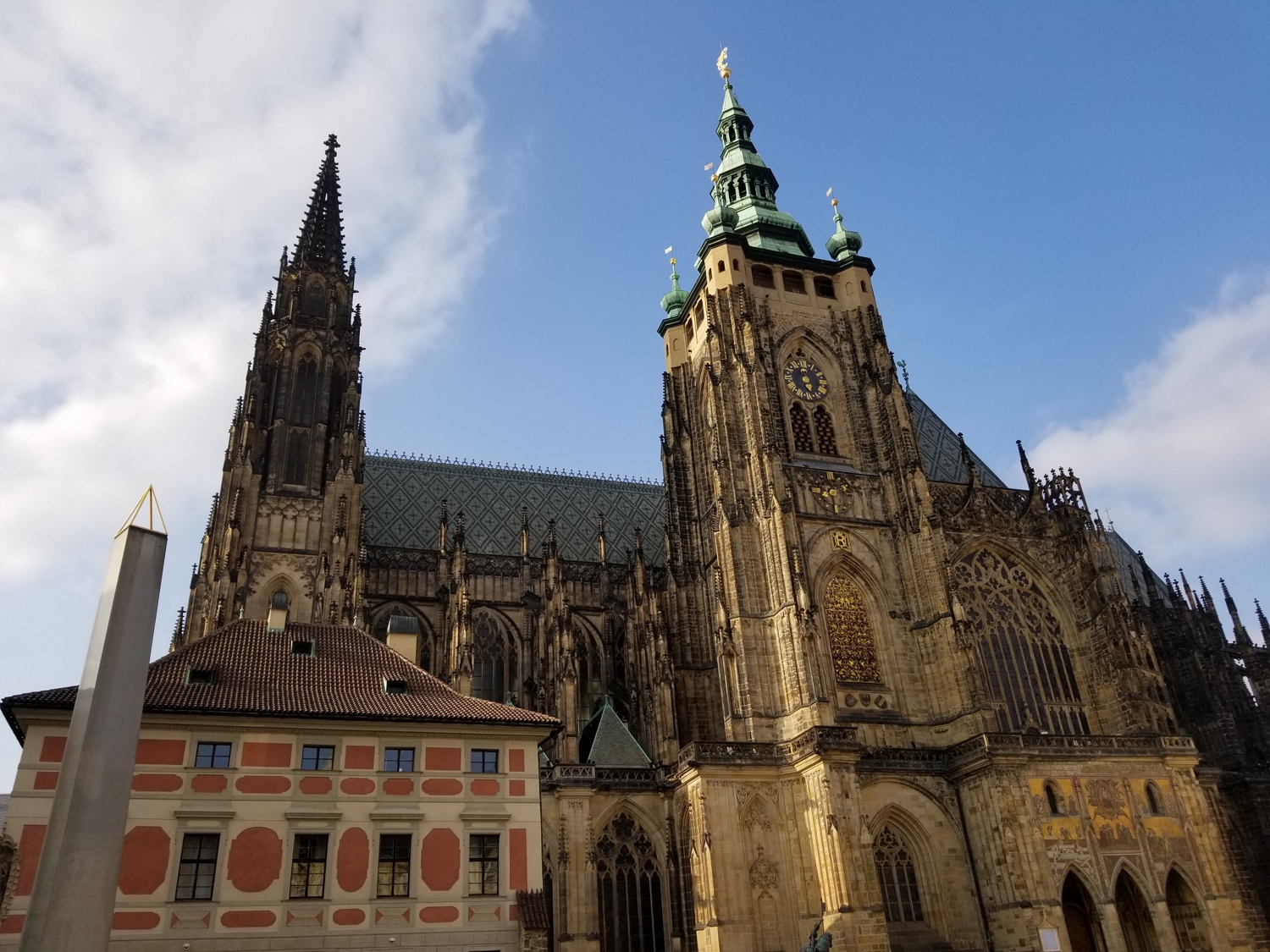Erasmus Mundus Retrospective:
Charles University in Prague, Year 1

If I told myself a couple years ago that I would be studying for my Master’s in Europe, I would think I was crazy. Raised in the quiet coniferous reaches of Boise, Idaho in the USA, I’m not typically one to go on adventures into the unknown, let alone a foreign country; but I have decided to try something different for a change. And that sudden leap has paid off more than I could imagine.
I have now completed a year of graduate studies at Charles University in Prague, Czech Republic, and am gearing up for a second year at Saarland University in Saarbrücken, Germany. No one seems to understand straightaway when I say I study computational linguistics. But when I show how pervasive it is in modern life, their puzzled look turns into a smile.
The following post details my motivations for studying as a Master’s student in Europe, as well as my first-year experiences at Charles University. The list below indicates the topics I will cover. Hover over the images in this post to read their captions.
- Introduction « You are here
- Living in Prague
- Coursework in Computational Linguistics
- Extracurricular Projects
- Exploring Europe
- Closing Thoughts
Summary

Computers have quickly become the mediators of language in our daily lives, from writing emails to making phone calls. They are quickly augmenting or replacing tasks that exclusively required humans to perform: we have personal translators, we get word suggestions on what to type next, we can ask our personal assistants to perform a task—and all of this is contained inside your pocket, enabled by work in the field of computational linguistics. To put it succinctly, computational linguistics is the intersection between computer science and human language; as researchers, our job is to create models to allow computers to process language more effectively and efficiently. A good knowledge of how humans use language is crucial to creating systems that help them perform linguistic tasks.
I first learned of computational linguistics from a good friend of mine, Dr. Casey Kennington, an assistant professor at Boise State University. He told me that he graduated from the Erasmus Mundus program in Language & Communication Technologies (LCT), and shared with me all the cool places in Europe he got to visit. Prior to this, I had reservations, thinking that I would be better off working in the industry. But the idea of exploring some beautiful landscapes while earning a degree in the field of artificial intelligence (which I had a growing interest in) was too enticing to pass up.
So I joined the Erasmus Mundus European Master’s Program in LCT, and have recently completed two of the program’s four semesters at Charles University in Prague. Getting situated in the Czech Republic was not easy. The necessary bureaucratic paperwork was slow and cumbersome. But eventually, with the help of wonderful LCT classmates and coordinators, the paper shuffling ceased.

Then I started to explore the beautiful Romanesque and Gothic architecture in the city. The narrow streets gradual hills painted a picture of a serene set piece lost in time—a calming attribute to an otherwise busy city. Czech arts and theatre streamed in from all sides. I could take a metro and a couple tram rides and be across the entire city in half an hour. My studies preoccupied my attention most of the time, but it was fantastic knowing I could step outside and find immediate refreshment.
At Charles University, we studied linguistic topics in speech, morphology, syntax, and semantics, as well as computational aspects in automatic speech recognition, morphological tagging, syntactic parsing, machine translation, and more. There were also more general topics that we pulled from, including machine learning, deep learning, data structures, and computational complexity.
Outside of classes, I was eager to try my own small projects. I reproduced some research that says you can fool neural network image classifiers by changing one pixel in an image, published a research paper to EMNLP demonstrating a neural network model that jointly part-of-speech tags and lemmatizes sentences (LemmaTag), and completed a puzzle game called Nodulus that is available on iOS and Android.

And finally, when in Europe, why not travel around? Cheap bus rides could take anyone directly to a nearby major city in just a few hours. Every city I visited had at least one gigantic cathedral and plenty of museums and ornate buildings. My favorite experiences were in Vienna, whose beautiful architecture rivals even the likes of Prague, and Munich, which had a very lively and unique set of street performers and museums.
I now look forward to spending the remaining two semesters at Saarland University in Germany. So let’s get into the details of what a graduate program in Europe feels like.
Click the link below to go to part 2.

